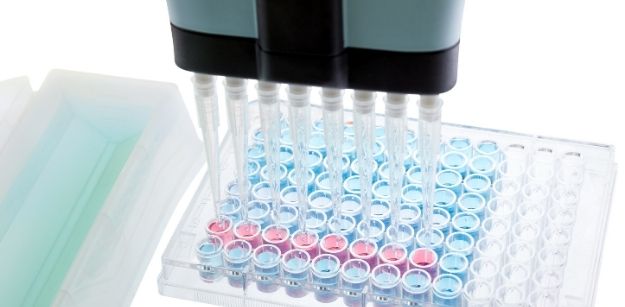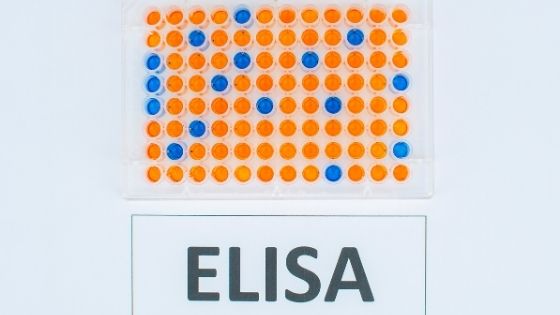Have you ever heard of the ELISA test? The enzyme-linked immunosorbent assay is widely used in antibody detection and measurement. It aids the diagnosis of Lyme disease, HIV, syphilis, Zika virus, pernicious anemia, chickenpox, etc.
After taking a blood sample, healthcare providers send these samples to a laboratory, where technicians have them analyzed. The sample is placed on a special plate, which contains the antigens of a particular condition. In the event of present antibodies, both substances bind together.

Nevertheless, sometimes, the ELISA test shows inconsistent results.
The following ELISA troubleshooting guide will introduce you to the most common technical issues and the ways to address them.
Poor or no signal
A common problem in ELISA is having a weak signal or no signal at all, which can be triggered by a wide range of causes. For instance, one of the potential causes is related to the temperature of the reagents at the beginning of the test. If chemical agents aren’t at room temperature prior to conducting the assay, there will be a lack of signal. In order to prevent such an issue, the reagents should be kept at room temperature between fifteen and twenty minutes before the examination.
Another cause linked to the reagents is using expired chemical agents. Inspecting the expiration dates of all substances is highly recommended before the commencement of the procedure. Also, these enzymes are always supposed to be added in the right order by adhering to the protocol.
Moreover, the storage of kits is vital in preventing ELISA problems. Even though the largest number of kits require storage at a minimum of 2 ˚C to 8˚C, technicians are still advised to check the storage conditions found on the label. Additionally, the poor signal might be caused by not following the protocol regarding antibody dilutions and wavelength requirements.
Too much signal
ELISA troubleshooting is also required in the event of too much signal. Improper washing is believed to be the major cause for such an issue, which is why the washing procedure has to be followed thoroughly. Once each step of the washing procedure is completed, the plate should be drained properly to prevent fluid retention. Read here about the purpose, procedure, and results of an ELISA test.

Furthermore, the test is likely to fail due to not using plate sealers. In the course of incubation, the petri dish is supposed to be covered with a fresh sealer every single time the technician opens it. As far as incubation periods are concerned, these shouldn’t exceed the recommended timeframe stated in the protocol.
High background
A high background is yet another potential problem that occurs in ELISA. Unless the washing procedure is conducted appropriately, ELISA is likely to show signs of such an issue. Additionally, overexposure of the substrate to light is detrimental for the procedure as well. Substrates should be stored somewhere dark and limited to light exposure in the course of the assay.
Exceeding the length of standard incubation periods might lead to a high background problem. In some cases, technicians are expected to follow optimized protocols, which come along with the kits. When the results demonstrate a high background, the root of the problem might be lying in the use of an improper blocking buffer. In most cases, the concentration of this protein solution has to be increased for the test to provide successful results.
High CV (Coefficient of Variation)
When running an ELISA test, the coefficient of variation is supposed to be low for the assay to be considered accurate. The most common cause of high CV is the presence of bubbles in the wells. There are supposed to be no bubbles prior to the test, so technicians need to remove even the smallest of them before the procedure.
The pipetting technique is vital in the prevention of such bubbles. While dispensing fluids, technicians should use an angle of 45˚, as well as be careful when releasing the plunger. By wasting more time on pipetting, professionals reduce the risk of incorrect results. See the following link, https://www.genengnews.com/magazine/10-tips-to-improve-pipetting-technique/, for some helpful tips about improving the pipetting technique.
Final word
Adhering to protocols is the best way to prevent ELISA problems!